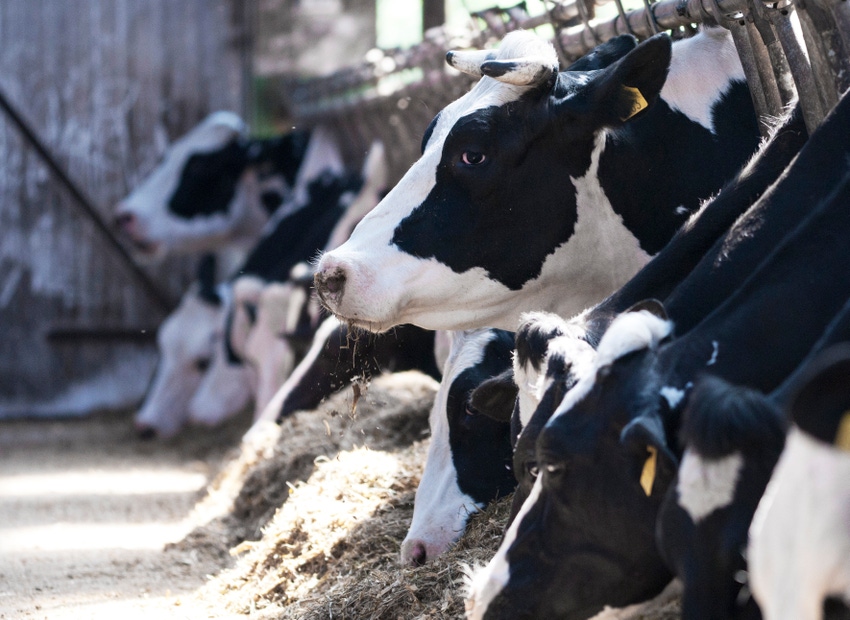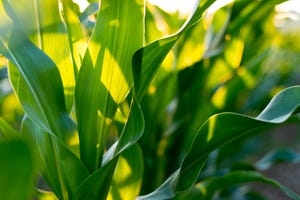Hoof health impacts Holstein cow behavior
Study investigates how different hoof lesion sizes and healing status affect cow activity, rumination and feeding behavior.

Digital dermatitis is linked to approximately 50% of lameness cases in dairy cattle. These hoof lesions may alter cow feeding and estrus behavior as well.
Amber Adams of Washington State University reported during the American Dairy Science Assn.'s annual meeting on a study that investigated how different hoof lesion sizes and the healing status affect cow activity, rumination and feeding behavior.
Over two years, the rear feet of 219 Holstein cows were observed for digital dermatitis lesions during milking once a month. Each lesion was classified as either small (<0.6 cm), medium (0.6-1.27 cm) or large (>1.27 cm). Additionally, each lesion was categorized as active (A) or digressing (D), and cows with swollen feet were noted. Cow ear temperature, activity, rumination and eating behaviors were recorded hourly using a heat detection system. Only behavioral data from the day of each hoof evaluation were used for data analysis. Lesion and behavior data were analyzed to compare differences between cows.
The percentage of time cows were inactive was not affected by hoof lesion size (30 ± 5%; P = 0.58) or healing status (30 ± 1%; P = 0.77), Adams reported. An interaction between ear temperature and hoof ailment was detected in which cows with lesions and high ear temperatures spent the least time (34 ± 2% of time) ruminating, and cows with at least one swollen rear foot and low ear temperatures spent the most time ruminating (44 ± 4% of time; P = 0.03).
Hoof lesion size, Adams said, did not influence cow eating behavior (8 ± 1% of time; P = 0.73), but cows with at least one active lesion tended to spend less time eating (7 ± 1% of time) than cows without a lesion (9 ± 0.3%; P = 0.10). High activity was observed more frequently (D = 14 ± 0.6% versus A = 11 ± 0.9%; P = 0.008) and ear temperature was higher (D = 23.9 ± 0.6°C versus A = 20.8 ± 0.8°C; P = 0.005) in cows with digressing lesions than cows with active lesions, Adams noted.
These results indicate that the size of hoof lesions may not affect cow behavior, but the healing status of lesions may influence cow eating and high-activity behaviors, Adams said, noting that the relationship between ear temperature and hoof lesions should be further investigated.
This information implies that heat detection systems provide behavioral data that can be used for the early detection of hoof ailments.
About the Author(s)
You May Also Like


.png?width=300&auto=webp&quality=80&disable=upscale)
